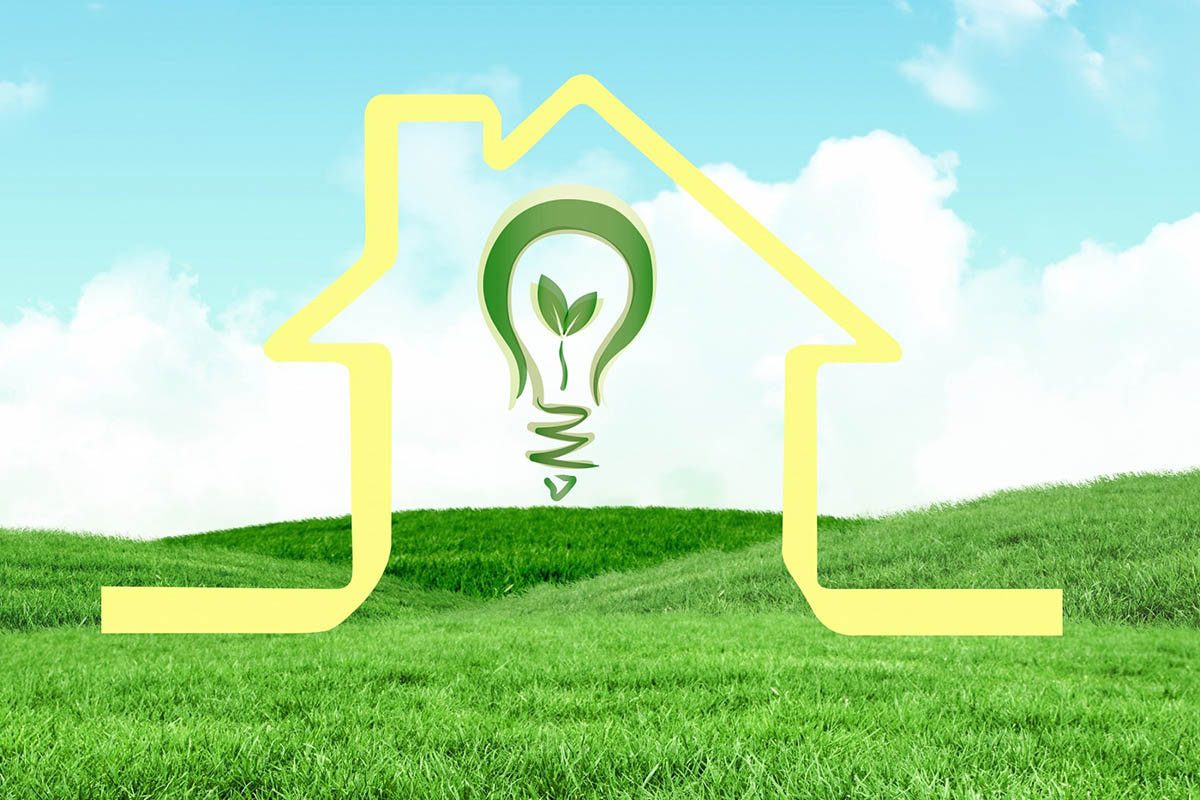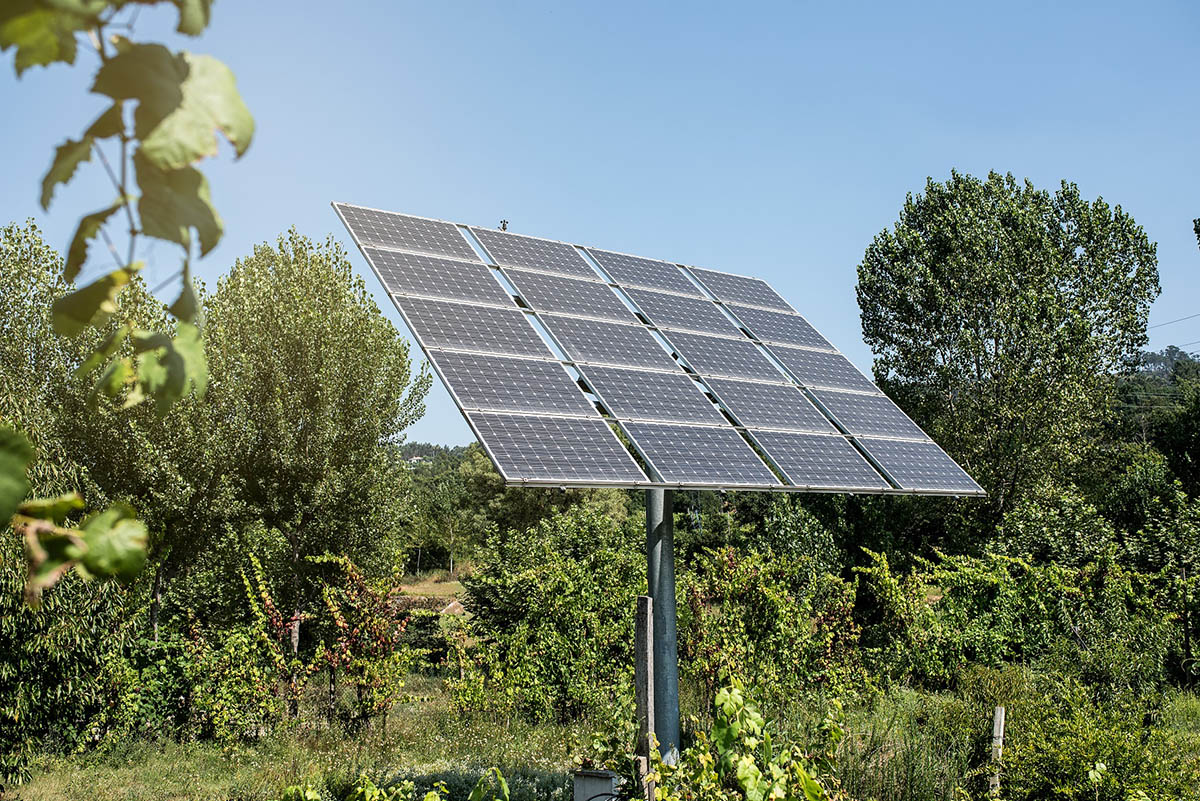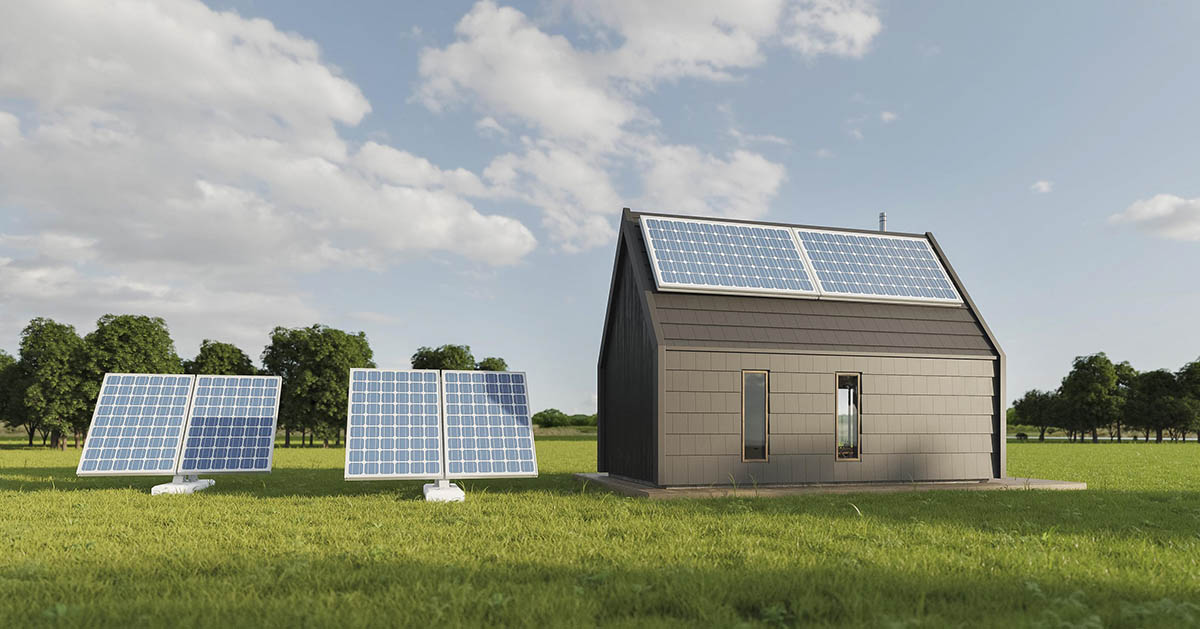Submitted by Emina Čamdžić
Affordable housing and energy-efficient building solutions
Bosnia and Herzegovina Architecture News - Jul 25, 2025 - 13:29 3331 views

The new NCP (National Climate Plan) proposal for Bosnia and Herzegovina was finalised in July 2024, following the approval of the NCP in 2021. Important to mention that the draft of the integrated National Energy and Climate Plan for Bosnia and Herzegovina, for which the proposal was adopted in July 2024, enhances the approach to small and medium businesses, placing greater emphasis on policies and measures that support their energy transition. As already mentioned in previous articles published by Emina Čamdžić, architect and World Architecture Community reporter, Bosnia and Herzegovina prioritises additional action plans for energy efficiency. This article presents already implemented approaches to energy efficiency and solutions that can be done to improve existing buildings and new architectural projects in Bosnia and Herzegovina.
Moreover, smart growth encompasses an approach to urban and regional development to reduce harmful pollution, and in the Energy Framework for Action Plans for the Protection of the Environment in Bosnia and Herzegovina, particularly focusing on climate and energy efficiency. This involves efforts to implement action plans and reduce greenhouse gas emissions, enhance energy efficiency and promote the use of renewable energy sources.

Image shows a construction concept with engineering tools. Image © jcomp via Freepik
Innovative Approaches to Reducing Housing Costs and Enhancing Building Efficiency
New solutions for decreasing housing expenses while promoting efficiency, smart technology integration and healthier living environments are becoming increasingly visible across a diverse building types. This trend is not limited only to residential housing, does extend to public buildings, educational institutions, cultural centers and healthcare facilities.
While the current rise in electricity prices and CO2 emissions does not include taxes in Bosnia and Herzegovina, it is understood that the CO2 taxes serve as a financial tool to promote renewable energy resources and reduce energy dependence.
Let’s think about Smart Cities, which incorporate key elements of energy efficiency and adhere to quality standards for building construction according to technical architectural regulations. In today's generation, where electricity consumption is high, energy efficiency in buildings is essential. Customers and residents now can easily recognise the importance of energy-efficient architecture and construction in Smart city projects, while therefore renovations have become simpler to undertake.
Not only does architecture for new buildings and renovations include energy and other installations, the energy-efficient architecture is now becoming a standard in projects, prompting homeowners to seek solutions to reduce housing bills and keep their household climate as per standard and comfortable for residing.
For example, the addition of solar panels to building roofs, and addition of roof windows for more sunlight, the restoration of buildings with thermal insulation for better thermal comfort, replacement of windows with new windows to get better energy efficiency in buildings are a few of those solutions. While architecture can serve as an energy system, solar photovoltaic panels reduce energy demands by generating electricity on-site and the PV system consists of solar modules made up of numerous solar cells that produce electrical power.

Image shows solar panels on an agricultural field. Image © HelloDavidPradoPerucha via Freepik
Examples of Projects in Bosnia and Herzegovina
It is known and was written in previous articles published that Kalesija features solar collectors on a sports hall building, while in Bileca a new solar park project utilises solar collectors for electricity and heating, representing a significant investment in solar energy. Notwithstanding this, in the Tuzla Canton, most energy comes from coal, which has become quite a challenge due to the release of a large amount of CO2 and other pollutants into the atmosphere. However, energy-efficient buildings in Bosnia and Herzegovina reduce energy and electricity expenses both short term and long term.
According to data, it is understood that public institutions, businesses, and residential buildings consume more thermal energy per square meter due to a lack of wall insulation and roof insulation, poor windows and doors, outdated boilers, inefficient heat management, and the use of high-sulfur coal for heating.
In this article can be read and understood what type of building design additions and renovations can be implemented by which type of building and therefore have great architectural design that decreases energy expenses and significantly reduces reliance on fossil fuels, therefore contributes to decarbonisation.
Residential Housing Innovations
Innovative construction techniques, such as prefabricated and modular methods, reduce residential housing costs by enabling faster assembly and lowering construction expenses. Additionally, smart home technologies enhance energy efficiency, allowing residents to monitor and control energy use, which leads to a lowering of expenses. Furthermore, there are examples of buildings that were mentioned in previously published articles, which are incorporating renewable energy sources such as solar panels and geothermal energy, and therefore contribute to decarbonisation while significantly reducing reliance on fossil fuels and lowering overall energy expenses.
Public Buildings and Educational Institutions
Public buildings, including schools, banks, and government offices, are increasingly focusing on energy efficiency. Schools could and some are being designed with energy-efficient heating and cooling systems, natural lighting, and walkable roofs, which not only reduce energy consumption but also create healthier environments for pupils and staff. These improvements lead to lower operational costs for the public and educational buildings, allowing for the allocation of more resources towards educational programs and services. Furthermore, many public buildings, schools, banks, and sports centres in Bosnia and Herzegovina are already incorporating renewable energy sources, which can significantly reduce reliance on fossil fuels and lower overall energy expenses.
Cultural Centers and Community Spaces
Cultural centers and community spaces are also embracing these innovative solutions. By adopting green building practices, these facilities can minimise their environmental impact while providing spaces that enhance community engagement and cultural enrichment. The incorporation of smart technologies can enrich visitor experiences through improved accessibility, making these centers more appealing and functional.
Healthcare Facilities
In healthcare, buildings are prioritising the health and well-being of their residents through building design and technology. Enhanced ventilation systems, the use of non-toxic materials, and the integration of biophilic design elements contribute to healthier indoor environments. Additionally, smart health monitoring systems can improve patient care and reduce costs, ultimately leading to more efficient healthcare.

Image shows 3d house with solar pannels. Image © Freepik
Conclusion
Overall, the movement towards decreasing housing expenses and enhancing building efficiency is an approach that includes a variety of building types. The idea of utilising renewable energy sources for electricity, heating, and cooling is already a basis for further development. These actions are intended to decrease CO2 emissions and energy expenses.
Measures for improving energy efficiency include:
- Analysing building conditions to identify energy efficiency opportunities and support "energy renovation".
- Insulating walls and replacing outdated windows.
- Implementing refurbishment to enhance energy efficiency and meet climate goals.
Energy savings encompass:
- Checking and insulating doors and windows for air leaks.
- Optimising thermostat placement for heating efficiency.
- Insulating roofs and areas with stairs or balconies.
- Use the air conditioning unit only when necessary and enhance air quality with natural ventilation..
Ultimately, smart growth is about creating a balanced approach that harmonises economic development, social equity, and the environment in Bosnia and Herzegovina. This calls for collaboration among various stakeholders, including the government, private organizations, and civil society organizations, to further develop and implement effective policies and practices.
The top image in the article shows an energy efficient lighting in a house on a meadow. Image © creativeart via Freepik.
